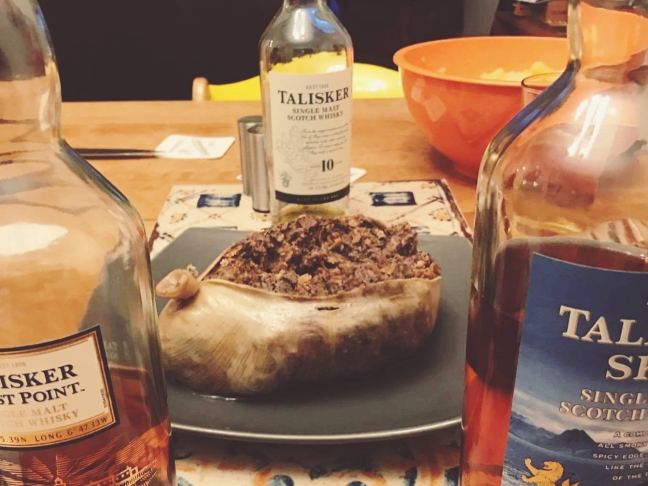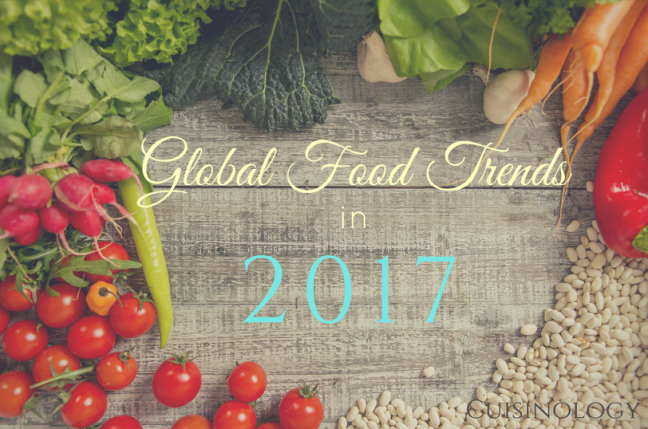If you’ve ever been lucky enough to visit Scotland in late January, you’ll know that Burns’ Night, celebrated on the 25th, is a very special day for the nation: bigger even than St. Andrew’s Day on 30 November, which honours the national patron saint. Burns’ Night (or Burns Night, but never, ever Burn’s Night!) marks the birth of Scotland’s national poet, Robert ‘Rabbie’ Burns. Writing in English, Scots, and occasionally in a ‘gentle’ or ‘watered-down’ version of Scots that was accessible to English-speakers around the globe, he put Scotland on the literary map and had a far-reaching influence on arts and culture in many countries.
His poem To a Mouse is said to contain the inspiration for John Steinbeck’s 1937 novel Of Mice and Men (“The best laid schemes o’ mice an’ men / Gang aft agley”), while his song A Red, Red Rose has been covered by a number of artists, and Bob Dylan has said that its lyrics were the single biggest influence on his music. Finally, Auld Lang Syne has become synonymous with New Year celebrations all over the Western Hemisphere.
You might think that one of these famous writings would feature in the traditional Burns’ Supper, but in fact the festivities are centred around a different poem, less well known outside of Scotland: Address to a Haggis. We know that Rabbie Burns was passionate about his nation, its language and culture, so it stands to reason that this would extend to Scotland’s national dish, to which Burns dedicated the eight-stanza poem in 1786. Every 25th of January, Scottish communities around the world make a toast to this meaty, savoury pudding as part of a three-course meal which also often includes the smoked fish stew cullen skink as an appetiser, mashed neeps and tatties (turnips and potatoes) with whisky sauce to accompany the haggis itself, and cranachan, a cream and raspberry trifle, for dessert.

Fair fa’ your honest, sonsie face,
Great chieftain o the puddin’-race!
Aboon them a’ ye tak your place,
Painch, tripe, or thairm:
Weel are ye worthy o’ a grace
As lang’s my arm.
The poem begins by praising the humble but beloved haggis, building up to the third stanza, in which the haggis is ceremoniously sliced open, allowing the filling to spill out from its casing in a dramatic burst of steam and aroma.
His knife see rustic Labour dight,
An cut you up wi ready slight,
Trenching your gushing entrails bright,
Like onie ditch;
And then, O what a glorious sight,
Warm-reekin, rich!
While the haggis is dished up and doused in whisky sauce to be served to the guests, the poem goes on to describe the Scottish feast that will ensue, comparing it to finer French and Italian dishes with no small amount of scorn and presenting haggis as the wholesome fuel of Scotland’s warriors.
Ye Pow’rs, wha mak mankind your care,
And dish them out their bill o fare,
Auld Scotland wants nae skinking ware
That jaups in luggies:
But, if ye wish her gratefu prayer,
Gie her a Haggis.
In some Burns’ Night celebrations, the food (supper) is the main attraction; however, in many, it is simply a precursor to the evening’s entertainment: a traditional Scottish cèilidh, in which a live band plays while the guests perform the scripted steps they all learned in school, dancing in pairs or sets, skipping and whirling around in a dizzying display until they might begin to regret filling their bellies quite so full of haggis, beer and whisky. Even if you’re not brave enough (or too sensible!) to visit Scotland in January, make sure you find yourself a cèilidh to go to: you won’t regret it.


